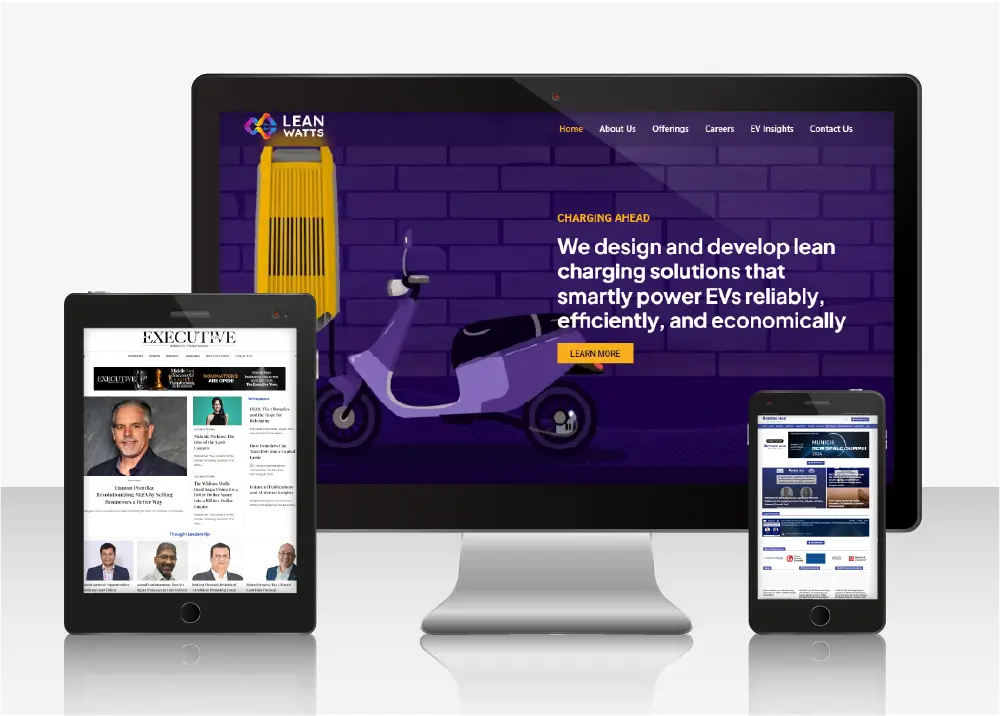
In today’s digital landscape, a well-designed website is crucial for maintaining a competitive edge and delivering a seamless user experience. However, even the best websites can become outdated over time, impacting their effectiveness and user engagement. If you’re wondering whether it’s time for a website redesign, here are seven key indicators that it might be.
1. Outdated Design
Why It Matters: If your website looks like it belongs in the early 2000s, it might be time for a change. An outdated design can undermine your credibility and make your business seem less current.
How to Address It: Evaluate modern web design trends to bring your site up-to-date. Consulting with a professional web designer can help you incorporate contemporary aesthetics and functionalities that align with current user expectations.
2. Slow Loading Times
Why It Matters: Slow loading times can frustrate visitors and lead to higher bounce rates. Website performance optimization is crucial for maintaining user engagement and improving search engine rankings.
How to Address It: Implement website performance optimization techniques, such as image compression, caching, and reducing server response times. A website redesign can also include performance enhancements to ensure faster load times.
3. Poor User Experience
Why It Matters: If users struggle to navigate your site or find information, it can lead to dissatisfaction and lost opportunities. User experience improvements are vital for keeping visitors engaged and converting them into customers.
How to Address It: Conduct a usability audit to identify pain points in user experience. A website redesign can streamline navigation, improve layout, and enhance interactive elements to create a more intuitive user journey.
4. Not Mobile-Friendly
Why It Matters: With mobile internet usage on the rise, having a mobile-friendly web design is no longer optional. Websites that aren’t optimized for mobile devices can alienate a significant portion of your audience.
How to Address It: Ensure your website is responsive, meaning it adjusts seamlessly to different screen sizes. A professional redesign can include mobile-friendly web design principles to cater to all users, regardless of their device.
5. Ineffective Branding
Why It Matters: Your website is a reflection of your brand. If it doesn’t effectively communicate your brand’s identity or message, it can impact your market perception and customer trust.
How to Address It: Reevaluate your branding elements, such as color schemes, typography, and imagery. A website redesign offers the opportunity to align your website with your brand’s current goals and aesthetics.
6. Outdated Content
Why It Matters: Stale or irrelevant content can diminish the value of your site and deter visitors. Keeping content fresh is essential for engagement and SEO.
How to Address It: Regularly update your content to reflect current information, trends, and company developments. A website redesign can help incorporate a content management system (CMS) that makes it easier to keep your site current.
7. Security Concerns
Why It Matters: Security vulnerabilities can put your site and user data at risk. As technology evolves, so do security threats. An outdated website might not have the necessary protections in place.
How to Address It: Ensure your site uses the latest security protocols and practices. A website redesign can include enhanced security features and updates to safeguard your site from potential threats.
Conclusion
Recognizing the signs that your website needs a website redesign is the first step toward revitalizing your online presence. By addressing issues such as outdated design, slow loading times, and poor user experience, you can enhance your website’s performance and effectiveness. If you identify with any of the indicators mentioned, consider consulting with a professional web designer to explore a website redesign that aligns with modern web design trends and optimizes your business’s online impact. Socnity can provide expert guidance and support throughout the entire redesign process, ensuring that your new website not only looks great but also delivers exceptional results.
FAQs
Q: How often should I consider a website redesign?
A: It’s advisable to reassess your website every 2-3 years or sooner if you notice significant issues.
Q: What are the benefits of a website redesign?
A: A redesign can improve user experience, enhance security, optimize performance, and better reflect your brand.
Q: Can I redesign my website myself, or should I hire a professional?
A: While DIY options are available, hiring a professional ensures a comprehensive approach and a high-quality outcome.
For more insights on improving your website, check out our web design services and performance optimization tips.


